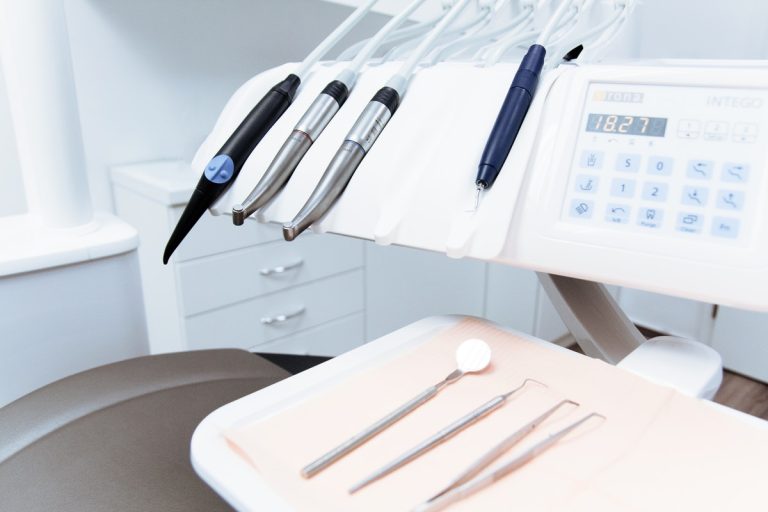It’s hard to imagine a world without technology. From the moment people wake up to when they go to bed, technology is there helping them in one way or another. They use alarm clocks and coffee makers in the morning to start their day. During the day, they use smartphones, laptops, and tablets to stay connected with their work, family, and friends. And at night, they use televisions and lights to wind down before bed. In short, technology is woven into the fabric of their lives in a way that wasn’t just a few decades ago.
But it’s not just the convenience of technology that has improved their lives. Technology has also revolutionized the way oral health care is delivered. It has allowed for more accurate diagnoses and treatment and improved patient outcomes. This article will explore how technology has impacted oral health care and how it can continue to do so in the future.
Technology has allowed for more accurate diagnoses.
One of the biggest ways technology has impacted oral health care is by allowing for more accurate diagnoses. In the past, dentists and other oral health professionals had to rely on their observations and experience to diagnose patients’ conditions. But the advent of technologies like dental x-rays, CT scans, and MRI scans allowed dental professionals to get a detailed and accurate picture of what is happening inside a patient’s mouth. This has led to more accurate diagnoses and treatment plans.
New diagnostic tools have also been developed that can detect problems that were previously difficult or impossible to spot. Devices can see cracks and caries too small to show up on an x-ray. Another device uses ultrasound to map teeth and gums in 3D to find cavities and diseases. These tools have allowed earlier detection of oral health problems, leading to more successful treatment.
Treatment options are now more diverse and accessible.
The development of new diagnostic tools has also led to the development of more diverse and accessible treatment options for dental care. In the past, patients had to rely on treatments available in their local area. But with the advent of online shopping, patients can now access treatments that are unavailable in their area. This has led to a wider range of treatment options and has made it easier for patients to find the right treatment for their needs.
Several new treatments have been developed as a result of advances in technology. These include laser-based treatments, which can be used to remove tooth decay or whiten teeth. New implant materials are also more durable and easier to install. And new pain management methods have been developed to help patients cope with the discomfort of dental procedures.
In short, technology has led to a wider range of treatment options that are more accessible to patients. This improved patient outcomes and allowed for more people to get the dental care they needed.
Digital technology has made visits to the dentist less stressful.
Digital technology also made visits to a dentist’s office less stressful. In the past, patients had to endure long waits in the waiting room and undergo lengthy and invasive procedures. But with the advent of digital technology, dentists can now see patients more quickly and efficiently. This has led to shorter wait times and less time spent in the dental chair.

Digital technology has also allowed dentists to provide more information to their patients. Patients can now view x-rays and other images of their mouth on a screen in the dentist’s office. This allows them to see what the dentist is talking about and ask questions about their treatment.
Patients can also schedule appointments, view their dental records, and make payments online. This has made it easier for patients to manage their dental care and has made visits to the dentist more convenient.
Computer-aided design and manufacturing help create dental implants.
Computer-aided design (CAD) and manufacturing (CAM) have revolutionized the dental industry. These technologies have made it possible for dental professionals to create dental implants that are more durable and easier to install.
Dental implants are now created using a computer-aided design program. This program allows designers to create a 3D model of the implant that can be used to create a custom-made implant. The implant is then manufactured using a computer-aided manufacturing machine. This machine creates an implant specifically tailored to the patient’s mouth.
This technology has led to dental implants that are stronger and more comfortable for patients. In addition, this technology has made it possible for dental implants to be placed in a single visit. This has resulted in shorter recovery times and less discomfort for patients.
In short, computer-aided design and manufacturing have revolutionized the dental industry. They have made it possible for dental professionals to provide better patient care.
In the future, technology will continue to play a vital role in oral health care. Innovations will allow for even more accurate diagnoses and treatments. And as digital technologies become more prevalent, patients will have more access to information about their oral health care options.

